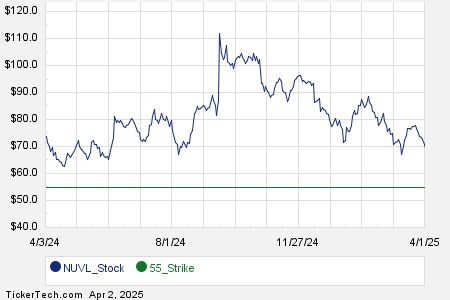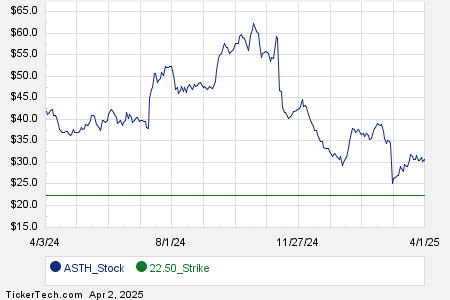May Natural Gas Prices Decline Amid Warmer Weather Forecasts
On Tuesday, May Nymex natural gas (NGK25) settled down by -0.168, a decline of -4.08%.
Weather Forecasts Impact Heating Demand
Nat-gas prices fell as U.S. weather forecasts predicted warmer conditions for the first half of April, reducing the anticipated heating demand. NatGasWeather.com reported that forecasts now suggest above-normal temperatures in the western, central, and southern United States for the period of April 6-13.
Recent Price Trends and Storage Concerns
Last month saw nat-gas prices surge to a two-year high, driven by concerns that U.S. nat-gas storage levels could remain tight ahead of the summer cooling season. BloombergNEF indicates that U.S. gas storage is projected to be 10% below the five-year average this summer.
Production and Demand Data
According to BNEF, Lower-48 state dry gas production reached 103.7 billion cubic feet per day (bcf/day) on Tuesday, an increase of 1.8% year-over-year. Meanwhile, gas demand in the same region stood at 77.5 bcf/day, reflecting a year-over-year rise of 0.6%. However, LNG net flows to U.S. export terminals fell to 14.7 bcf/day, a decline of 5.3% week-over-week.
Electricity Generation Boosts Natural Gas Demand
An increase in U.S. electricity output positively influences demand for nat-gas from utility providers. The Edison Electric Institute noted that for the week ending March 22, total electricity output in the Lower-48 rose by 0.9% year-over-year to 72,289 GWh. Furthermore, the yearly total electricity output for the 52-week period ending March 22 increased by 3.55% to 4,239,323 GWh.
Long-Term Outlook for Natural Gas
A bullish factor for nat-gas prices emerged when President Trump lifted the Biden administration’s pause on approving gas export projects in January. This action allows for the active consideration of about a dozen LNG export projects, which is expected to increase U.S. capacity for exporting LNG. Such developments would likely boost demand for U.S. nat-gas and support prices in the long run.
Market Dynamics from EIA Reports
The weekly EIA report released last Thursday posed a bearish outlook for nat-gas prices. It revealed that nat-gas inventories for the week ending March 21 increased by 37 bcf, surpassing expectations of 33 bcf and significantly exceeding the five-year average draw of 31 bcf for this time of year. As of March 21, inventories were down 24% year-over-year and 6.5% below their five-year seasonal average, highlighting tight supplies. In Europe, gas storage stood at 34% capacity as of March 30, compared to a five-year seasonal average of 45%.
Rig Count Trends
Baker Hughes reported a marginal increase in the number of active U.S. nat-gas drilling rigs, which rose by one to 103 rigs during the week ending March 28. This count remains slightly above the 3-1/2 year low of 94 rigs recorded on September 6, 2024. Overall, active rig numbers have decreased since reaching a 5-1/4 year high of 166 rigs in September 2022, having fallen from the pandemic-era record low of 68 rigs in July 2020.
On the date of publication,
Rich Asplund
did not have any direct or indirect positions in any of the securities mentioned in this article. All information and data in this article are intended solely for informational purposes. For more details, please view the Barchart Disclosure Policy here.
More news from Barchart
The views and opinions expressed herein are those of the author and do not necessarily reflect those of Nasdaq, Inc.


